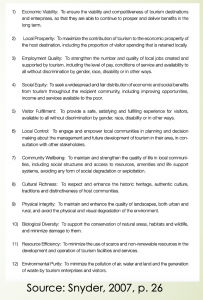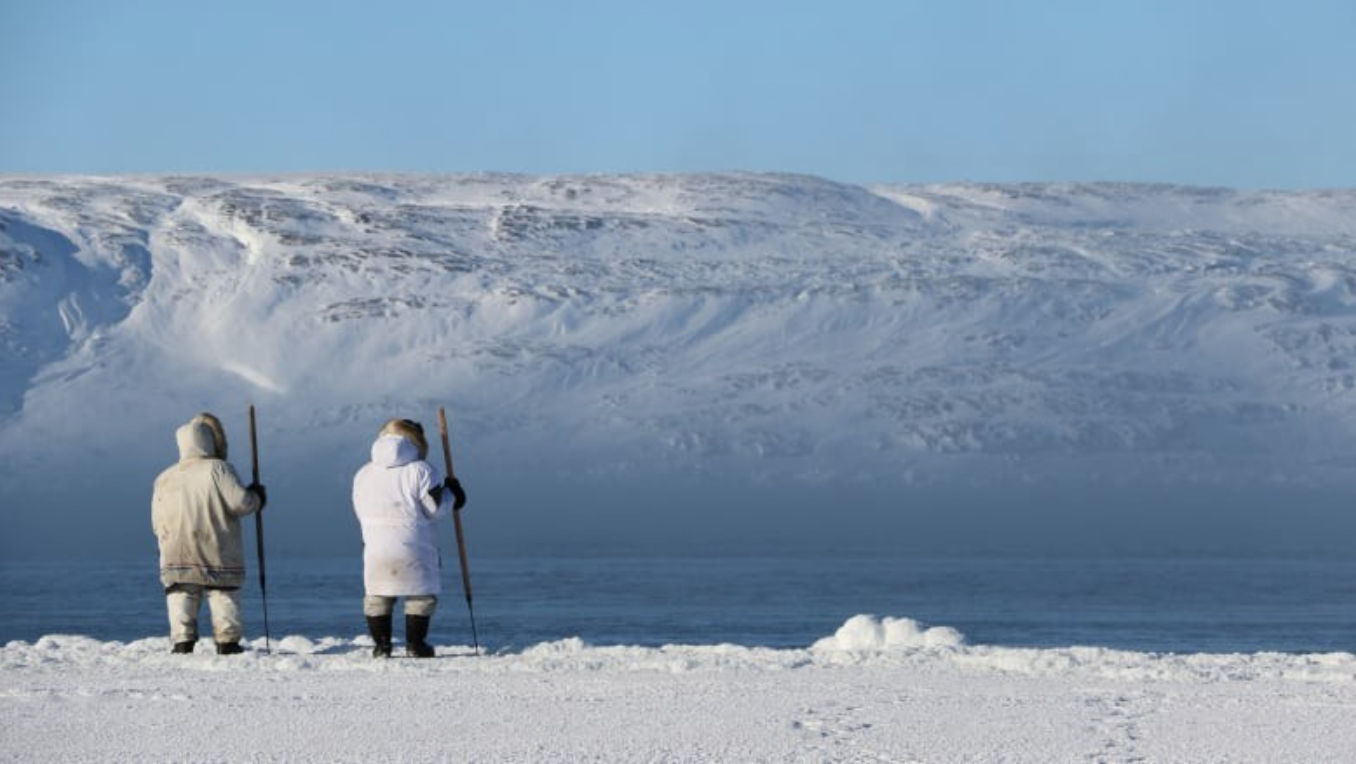Wildlife tourism is the observation and interaction with local animals and plant life in their natural habitats. Wildlife tourism accounts for 20-40% of international tourism and has economic impacts ranging from $47-$155 Billion! Travel and tourism are quite important, but it’s important to do it responsibly!

Tourism positives:
- could provide local income to smaller communities and indigenous communities
- can be used as an opportunity to educate visitors on local issues and climate change
- opportunity to learn about a new culture
- beautiful scenery!
- profits of tourism could go to sustainable development or conservation efforts
Tourism issues:
- may disturb local habitat and/or species
- pollution from travel methods (planes, cruises)
- infringement on indigenous and smaller communities
- profits may not go to the local community
- high magnitude of tourists would leave a large carbon footprint
There are three stakeholders in Arctic wildlife tourism: the tourists, the businesses and the local community and habitat. If done correctly to minimize ecological impact and to profit local and indigenous communities, wildlife tourism can be a great way to learn about issues facing the Arctic.
Right now, the UN Environment Programme and the World Tourism Organization created 12 principles for sustainable tourism. The World Wild Fund has also created “codes of conduct” for businesses and tourists. The challenge is that these are not widely adopted. *for a better look at the standards, watch the video below!!
 .
. 
Policy recommendations:
- Involve host communities and guarantee local benefits, incorporate social responsibility, ensure conservation and educate public about issues by adopting a code of conduct universally in the Arctic
- Businesses: direct payments, money to conservation efforts, prioritizing local businesses, jobs to local people
- Interpretive signs and messages for tourists to enhance educational opportunity and write clear guidelines for tourists
- Create an indigenous and/or local resident advisory
- The World Tourism Organization should become an observer in the Arctic Council to create a greater understanding of sustainable tourism in the Arctic
[ensemblevideo version=”5.6.0″ content_type=”video” id=”debfef02-48d3-4a2b-81ba-13d8626a5b98″ width=”848″ height=”480″ displaytitle=”true” autoplay=”false” showcaptions=”false” hidecontrols=”true” displaysharing=”false” displaycaptionsearch=”true” displayattachments=”true” audiopreviewimage=”true” isaudio=”false” displaylinks=”true” displaymetadata=”false” displaydateproduced=”true” displayembedcode=”false” displaydownloadicon=”false” displayviewersreport=”false” embedasthumbnail=”false” displayaxdxs=”false” embedtype=”responsive” forceembedtype=”false” name=”Laila McCain – Wildlife Tourism”]
